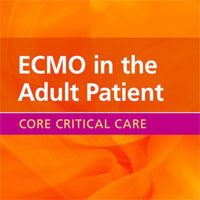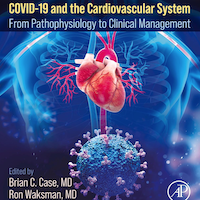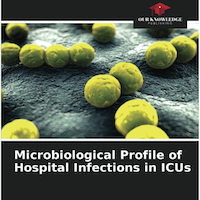Tag: ventilation
Hemodialysis and Survival in Intubated Salicylate-Poisoned Patients
Salicylate-poisoned patients can be incredibly complex and severely ill. Secondary to the significant acid-base abnormalities that can accompany salicylate poisoning, hemodialysis (HD) is sometimes required to facilitate... read more

Post Intubation Hypotension: The AH SHITE mnemonic
Here is a crowd sourced approach that will allow most etiologies of post intubation hypotension to be identified: The AH SHITE mnemonic is something that you can quickly run through en route to the patient’s room, or at... read more
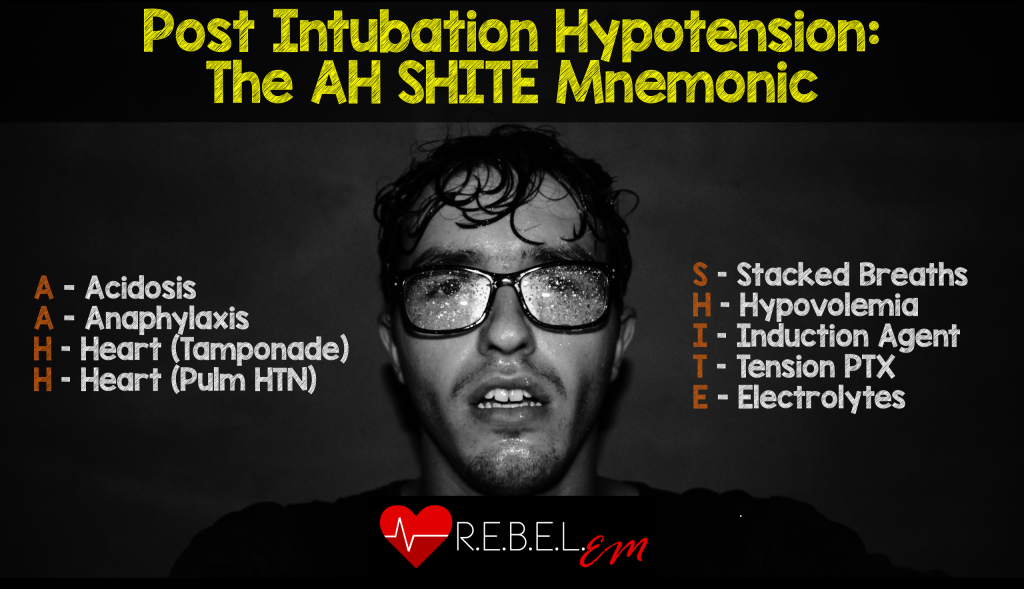
Antipyretic Therapy in Critically Ill Septic Patients
This meta-analysis aimed to examine the impact of antipyretic therapy on mortality in critically ill septic adults. Inclusion criteria were observational or randomized studies of septic patients, evaluation of antipyretic... read more

Spontaneous Breathing during Mechanical Ventilation. Risks, Mechanisms, and Management
Spontaneous respiratory effort during mechanical ventilation has long been recognized to improve oxygenation, and because oxygenation is a key management target, such effort may seem beneficial. Also, disuse and loss of peripheral... read more
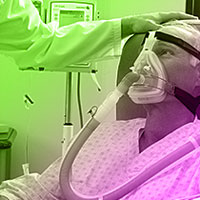
Comparison of Alveolar Recruitment Strategies for Preventing Postoperative Pulmonary Complications
This randomized clinical trial compares the effects of adding an intensive vs moderate alveolar recruitment strategy to protective ventilation on the number and severity of pulmonary complications following cardiac surgery.... read more
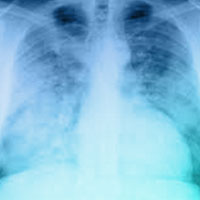
Use of ‘tidal volume challenge’ to improve the reliability of pulse pressure variation
Fluid loading is usually the first step in the resuscitation of patients with acute circulatory failure. Fluid responsiveness is defined as the ability of the left ventricle to increase its stroke volume in response to fluid... read more
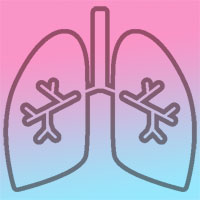
Mechanical Ventilation: Which Patients Benefit from High PEEP?
Among patients with hypoxaemia after cardiac surgery, the use of an intensive alveolar recruitment strategy compared with a moderate recruitment strategy resulted in less severe pulmonary complications during the hospital... read more
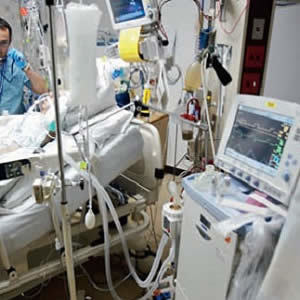
Predicting and measuring fluid responsiveness with echocardiography
Echocardiography is an essential tool to predict and measure fluid responsiveness, according to a recent article, which provides a practical guide. Ashley Miller and Justin Mandeville outline the physiological basis of fluid... read more
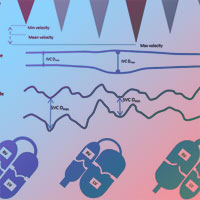
Clinical review: The ABC of weaning failure
About 20% to 30% of patients are difficult to wean from invasive mechanical ventilation. The pathophysiology of difficult weaning is complex. Accordingly, determining the reason for difficult weaning and subsequently developing... read more

The ICM research agenda on ICU-acquired weakness
Intensive care unit (ICU)-acquired weakness (ICUAW) develops as a complication of critical illness and may represent the extreme end of a spectrum of weakness that begins with any serious illness regardless of care location.... read more
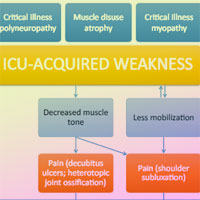
An Educational Intervention Optimizes the Use of Arterial Blood Gas Determinations Across ICUs
The large scale implementation of guidelines for ABG use reduced the number of inappropriately ordered ABG determinations over seven different multidisciplinary ICUs, without negatively impacting patient care. We saw a reduction... read more

Opening pressures and atelectrauma in ARDS
Data show that the prerequisites of the open lung strategy are not satisfied using PEEP up to 15 cmH2O and plateau pressure up to 30 cmH2O. For an effective open lung strategy, higher pressures are required. Therefore,... read more
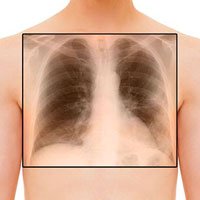
National ICU Quality Indicators Revisited
The use of QI at a national level is a suitable method to focus on quality in healthcare. Independently of public access to the results, a local or national ICU network will have a lot to gain from engaging in the process... read more

Effects of Neuromuscular Blockers on Transpulmonary Pressures in Moderate to Severe ARDS
Thirty patients were included, 24 with moderate ARDS and 6 with severe ARDS. NMBA infusion was associated with an improvement in oxygenation in both moderate and severe ARDS, accompanied by a decrease in both plateau pressure... read more
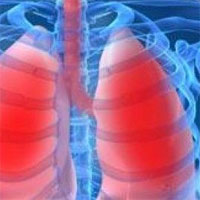
Delirium: Thinking Clearly About a Foggy Issue
Benzodiazepines are one of the leading causes of delirium. These drugs are already falling out of favor in critical care settings for other reasons; they are not easily titratable, and research suggests they can prolong a... read more

A randomized placebo-controlled phase II study of a Pseudomonas vaccine in ventilated ICU patients
This phase II study has shown that IC43 vaccination of ventilated ICU patients produced a significant immunogenic effect. P. aeruginosa infection rates did not differ significantly between groups. In the absence of any difference... read more

New Infection Data and Sepsis-Guideline Critique at SCCM
The potential of probiotics to reduce nosocomial infections and ventilator-associated pneumonia in the critically ill and the latest data on readmissions will be among the major research advances presented here at the Society... read more








